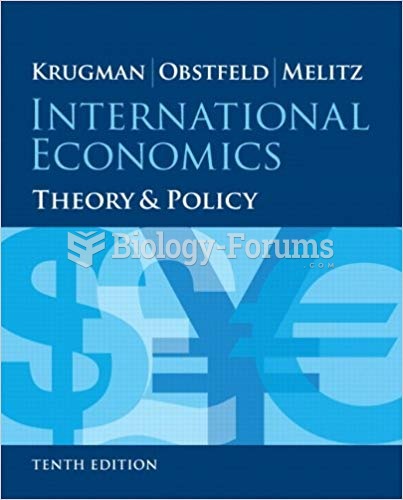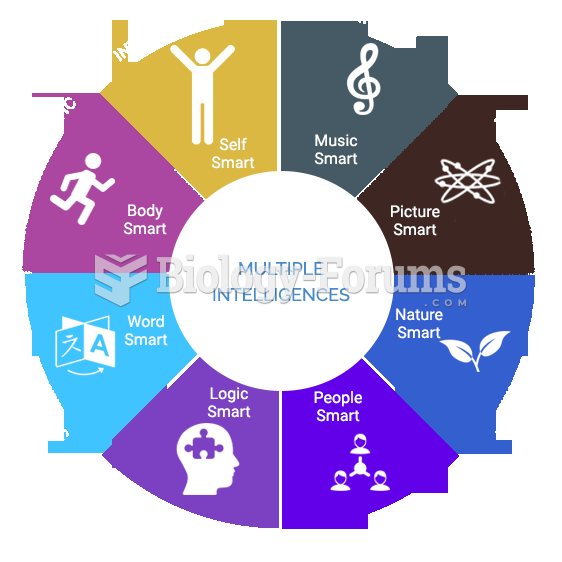Answer to Question 1
Robert Sternberg tends to emphasize the extent to which they work together in the triarchic theory of human intelligence. According to the triarchic theory of human intelligence, intelligence is composed of three aspects, dealing with the relation of intelligence (1) to the internal world of the person, (2) to experience, and (3) to the external world.
The internal part of the theory emphasizes the processing of information. Information processing can be viewed in terms of three different kinds of components. First are metacomponentshighe r-order executive processes (i.e., metacognition) used to plan, monitor, and evaluate problem solving. Second are performance componentslower- order processes used to implement the commands of the metacomponents. And third are knowledge-acquisition componentsthe processes used for learning how to solve the problems in the first place. The components are highly interdependent.
The theory also considers how prior experience may interact with all three kinds of information-processing components. That is, each of us faces tasks and situations with which we have varying levels of experience. They range from a completely novel task, with which we have no previous experience, to a completely familiar task, with which we have vast, extensive experience. As a task becomes increasingly familiar, many aspects of the task may become automatic. They require little conscious effort to determine what step to take next and how to implement that next step. A novel task makes demands on intelligence different from those of a task for which automatic procedures have been developed.
The triarchic theory also proposes that the various components of intelligence are applied to experience to serve three functions in real-world contexts:
The first is adapting ourselves to our existing environments.
The second is shaping our existing environments to create new environments.
And the third is selecting new environments.
Answer to Question 2
An economical way of handling a number of factors of the mind is through a hierarchical model of intelligence. Cattell's model proposed that general intelligence comprises two major subfactors. They are fluid ability and crystallized ability. Fluid ability is speed and accuracy of abstract reasoning, especially for novel problems. Crystalized ability is accumulated knowledge and vocabulary. Subsumed within these two major subfactors are other, more specific factors.







